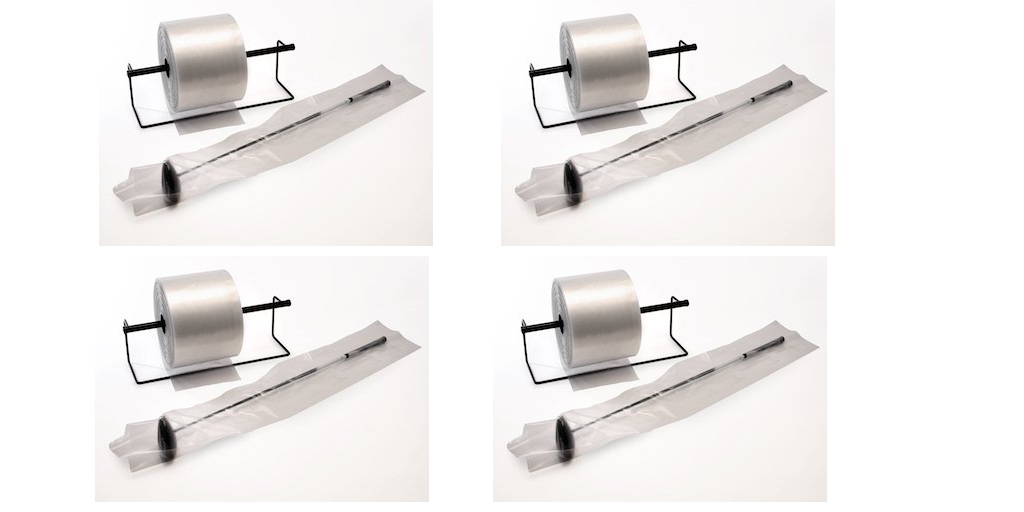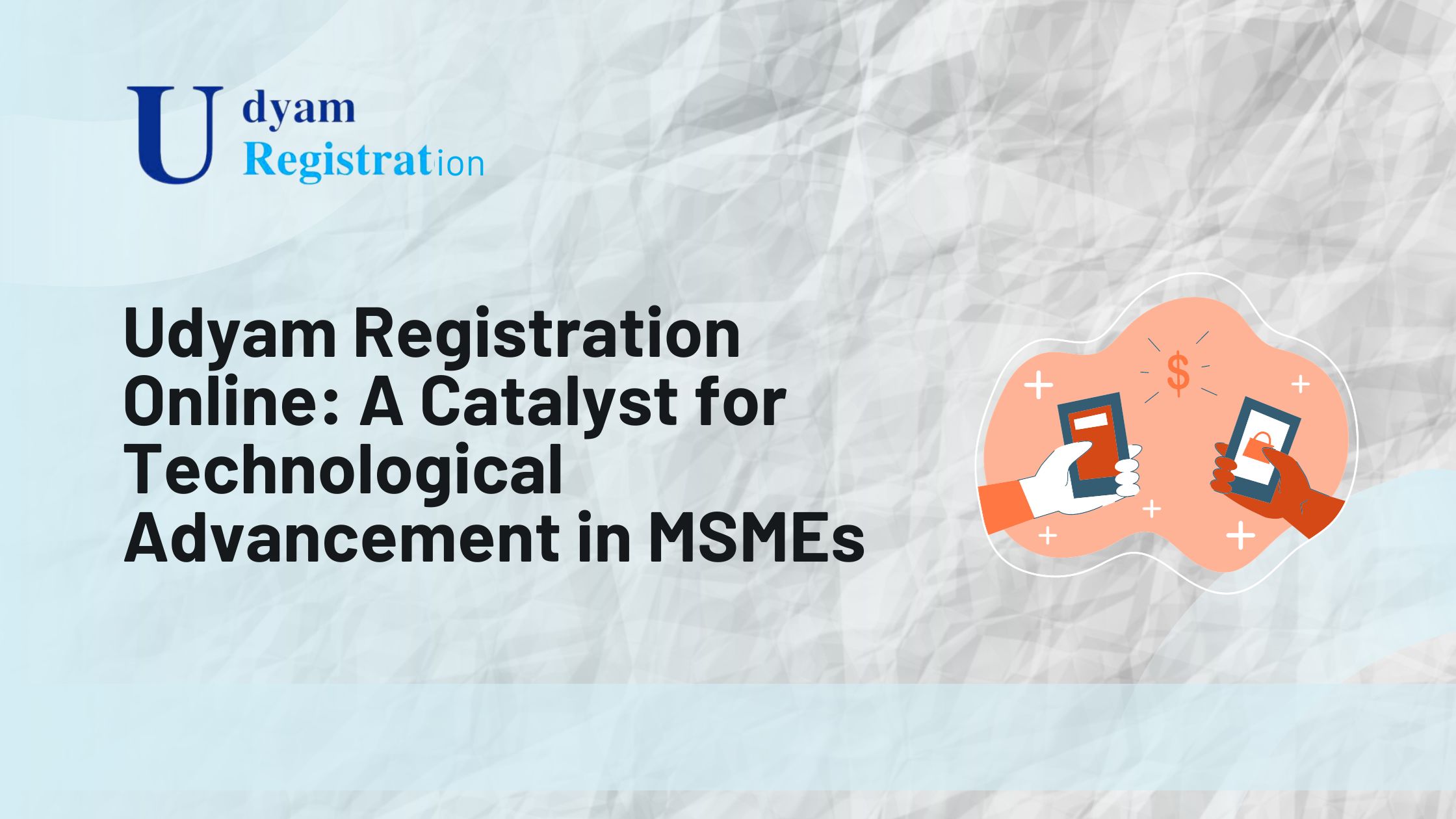Polyethylene, which today is used in a wide range of commercial and industrial applications, was originally discovered by accident.
A German chemist accidentally created the first polyethylene (today also known as PE) by heating diazomethane, which caused it to create long CH2 chains that made the material remarkably strong, flexible, and, as you will find in this article, highly utilitarian.
Here are some useful facts about polyethylene.
Polyethylene Is Extremely Versatile (Not All PE Is the Same)
There are actually four primary grades of PE, HDPE (high-density polyethylene), MDPE (medium-density polyethylene), LDPE (low-density), and LLDPE (linear low-density).
Each of these grades of polyethylene is slightly different, but all of them are lightweight, low density, remarkably strong for their weight, and exceptionally resistant to punctures and tearing.
Because there is so much variability in the strength and structure of PE, ranging from nearly rigid in HDPE to highly flexible in LLDPE, PE can be used to make products as variable as poly tubing roll to milk jugs.
This unique combination of traits has made polyethylene useful in a wide range of industries, from commercial packaging to food packaging and distribution to poly lumber construction.
PE Is Low-Maintenance and Resistant to Staining
Polyethylene has excellent resistance to both moisture and chemicals. It is also resistant to breaking, shattering, cracking, tearing, and staining.
While it is not particularly UV-stable, it is resistant to a wide range of environmental factors that make it uniquely suitable to the conditions faced in an equally wide range of industries.
PE Can Be Formulated to Mimic the Appearance of Other Materials
If you’re only familiar with shopping bags and milk cartons, you might not believe it, but PE can be made to closely mimic the appearance of many different materials, including but not limited to wood and stone. In many cases, it is more affordable and easier to produce than these materials and requires less maintenance, too.
Some Polyethylene Is FDA and USDA Approved for Direct Food Contact
Select grades of polyethylene may be approved by the FDA and USDA for direct food contact, making them suitable for use in food packaging and distribution. They retain good flexibility and strength even in cold temperatures, making them uniquely suitable for all different sorts of food and product packaging, too.
Polyethylene Is Recyclable
One of the most important features of polyethylene is that it is much more sustainable to produce than many other synthetic polymers.
Polyethylene contains no plasticizers or heavy metals; it contains only the same base materials as many other organic molecules (carbon and hydrogen).
Even producing PE is more environmentally friendly. The production of PE results in the consumption of fewer raw materials, water, and energy than many other synthetics.
Moreover, polyethylene is recyclable, and even when it returns to the environment, it does not release toxic chemicals when it breaks down.
In fact, you can even burn it safely. The combustion of PE produces only carbon dioxide and water and produces no toxic gases or residue. We don’t advocate wasting it, though.
Buy Better Poly Tubing Rolls & Bags
Now that you know about these unique features of the different grades of polyethylene, choose better poly tubing rolls for your business. Visit Edco Source: The Easy Way to Buy Bags.
Made from high-quality, sustainable polyethylene, their bags, and tubing can be tied, taped, stapled or even heat sealed, and are available in a wide range of sizes and thicknesses. They are made from 100% virgin PE and are FDA and USDA-approved for direct food contact.
Visit their website today via the link above or get in touch with them at 718-788-8108.
For More Information about Reclosable Poly Bags and Flat Poly Bags On Roll Wholesale Please Visit : Edco Source









